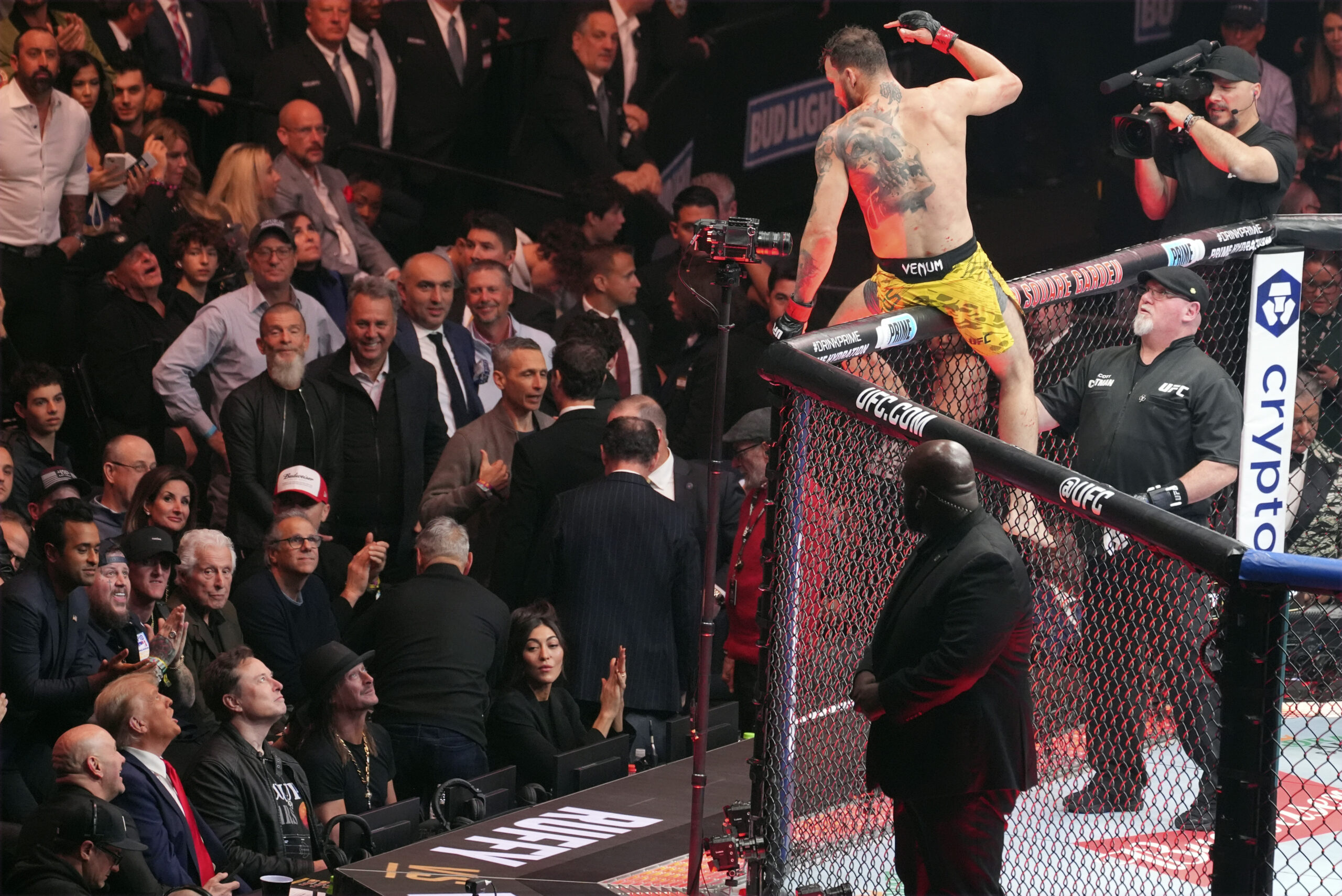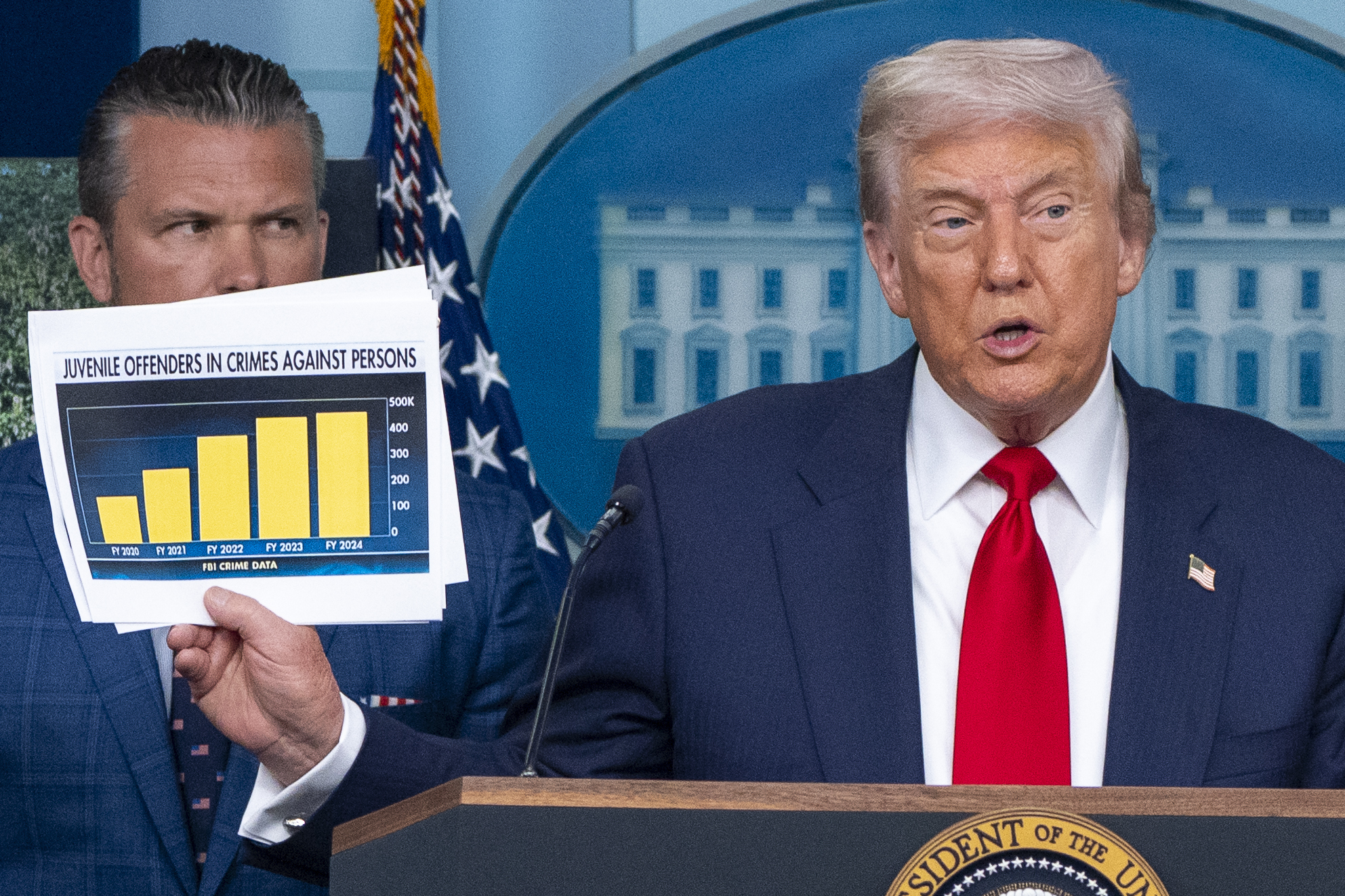
This year’s Met Gala theme was Camp—a nod to the late writer Susan Sontag’s seminal 1964 essay “Notes on Camp” (as in a campy play, not the great outdoors). Those who attended seemed to understand, or at least were informed by their stylists and handlers, that at the heart of Camp “is its love of the unnatural: of artifice and exaggeration.” But the catch, as Sontag defines it, “is not in terms of beauty,” but a degree of “stylization” that “converts the serious into the frivolous.” The love of the shtick—whatever it is—and not of thyself comes first.
But when have we ever known the popular, attractive people in school to do the reading?
Nicki Minaj and Halsey looked appropriately queenly and superheroic respectively in Prabal Guring, but the gowns mostly accentuated how gorgeous their models were. Emma Stone and Harry Styles went for a muted, dandyish look in Gucci —but throwing on androgynous clothing is hardly Camp, particularly when it wouldn’t look out of place in the closets of most queer men in Manhattan. This was the mindset of the men at the Met Gala—that donning something that looks different in their minds must equal Camp. As uninspiring as that is it is at least preferable to the lackluster suits worn by Richard Madden, Shawn Mendes, Taron Egerton, and Rami Malek — the latter two of whom most recently played queer Camp icons Elton John and Freddie Mercury, which made their inability to dress for the theme not just disappointing, but bewildering.
Thank God for Lady Gaga, then, who has been able to live in character for over a decade now, and should be logged in The Annals of Camp, if anybody out there is keeping track for posterity (or their undergraduate thesis). Her rousing performance on the carpet included, among many other things, four costumes, and vaudevillian writhing on the steps of the Met in her bra and fishnets.
Gaga has been met with criticism from fashion naysayers that she didn’t quite nail the theme because her shtick was so purposeful. But the effect of time is unpredictable. Who could have known the most consummate of 1980s prime-time soaps, Dynasty—which featured Joan Collins and Linda Evans battling out their rich people problems in shoulder pads—would be watched with playful irony 30 years later? Sontag’s course guide tell us things are campy “not when they become old, but when we become less involved in them, and can enjoy, instead of be frustrated by, the failure of the attempt.” That feels true.
Joan Collins seemed to get this, and thus showed up on the red carpet as her Dynasty character: “I’m Alexis Morell Carrington Colby Dexter Rowan, and I’m wearing Valentino Haute Couture.”
Coincidentally, another attendee, the director Ryan Murphy, who cast Ms. Collins in his latest American Horror Story installment, also executed the theme exquisitely—dressing as legendary pianist and midcentury icon Valentino Liberace, whose shamelessly bedazzled look always fit the bill.
Mr. Murphy came in tow with Leslie Grossman, as the early Hollywood actress Zsa Zsa Gabor (and in Zsa Zsa’s actual jewels!).
Maybe it wasn’t such a coincidence that those who wore it best on Monday were also those who seemed to recognize Camp as a thoughtful (if inexact) stylistic tradition—one with forefathers and foremothers—that can’t be captured just by adding 15 flair buttons to a dress or tuxedo.
(Gemma Chan’s depiction of Liz Taylor in the 1968 thriller Boom! Michael Urie’s le jazz hot nod to Victor/Victoria, Zendaya’s new-age Cinderella, and Kacey Musgraves’ Moschino Barbie were also top notch cosplays.)
Camp is not merely dressing the part, but being the part, and doing so “to dethrone the serious”—a real challenge for people who tend to take themselves seriously. Like celebrities.
Still, even if the more self-serious stars had done the reading, Sontag’s essay is blindingly focused on rich white people. Even when she first published the essay, a generation of queer and non-white people in America had already created a Camp of their own and it probably didn’t involve donning tuxedos and gowns to the ballet or the lastes Oscar Wilde and George Bernard Shaw productions.
This is perhaps why black celebrities played along with the theme but also appeared to be doing their own thing: Lupita N’yongo wore gold black power afro picks in her hair, Tracee Ellis Ross’ nodded to Lorraine O’Grady’s “Art Is…” movement, and 21 Savage dressed in the work of extravagant Harlem designer Dapper Dan.
For that precise reason, we might be able to do away with the Sontag Notes on Camp as the definitive authority on it. We have a new context. A zeitgeist that’s just as ineffable, but has the saving grace of input that’s broader, browner, blacker, queerer.
The rapper Lizzo delivered the Gala’s campiest bit of Camp, not on the red carpet, but the next morning, as she filmed herself strutting through John F. Kennedy airport to catch a flight, still wearing the bright pink Marc Jacobs coat she wore the previous night (a nod to Shirley MacLaine in 1964’s What a Way to Go!), authentically bragging about how good she looked in it with her flight pajamas on. Did Sontag have such a scene in mind when her essay lauded “a woman walking around in a dress made of three million feathers?” Lizzo wouldn’t really care what she thought. And that’s Camp.



